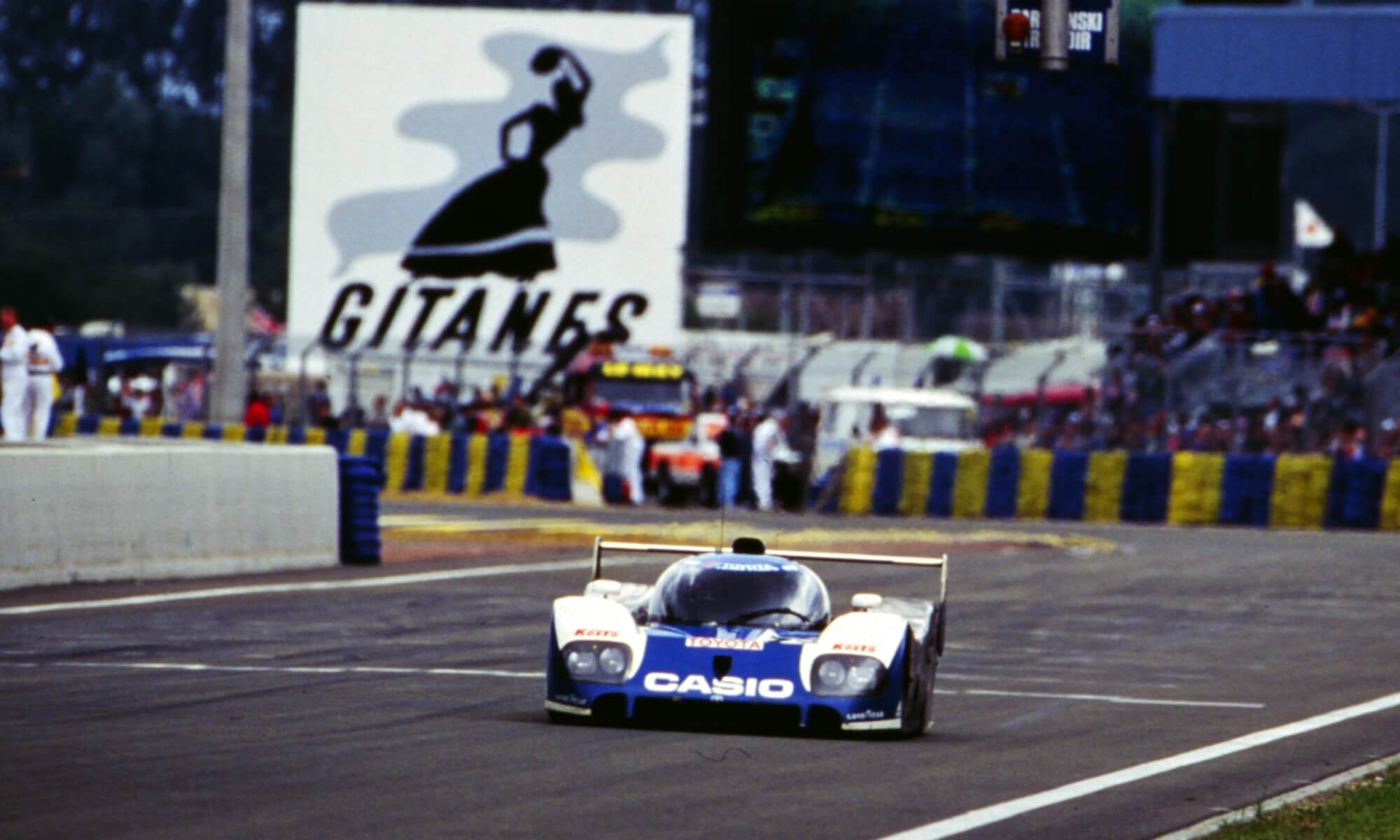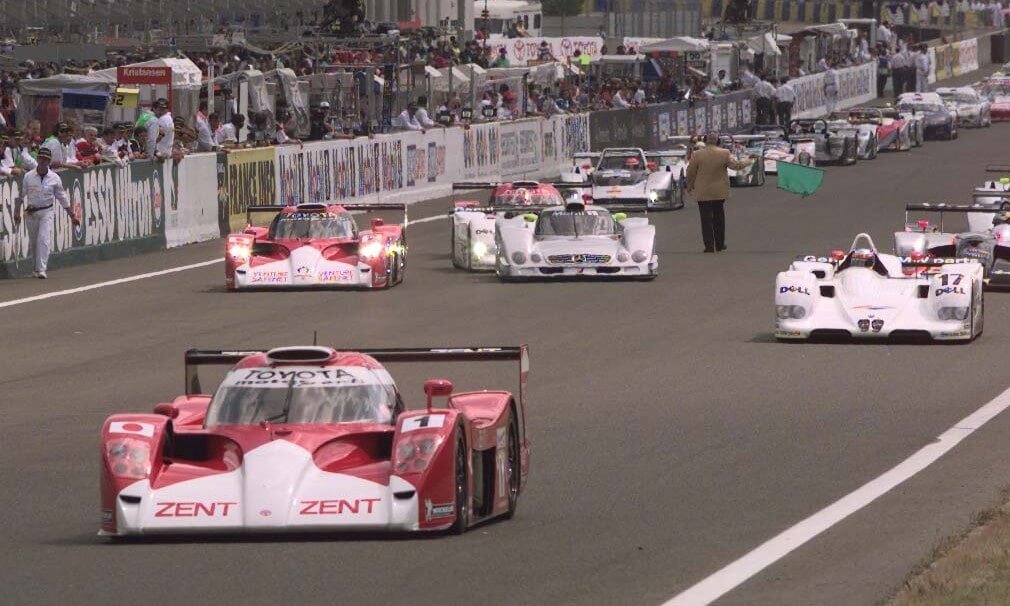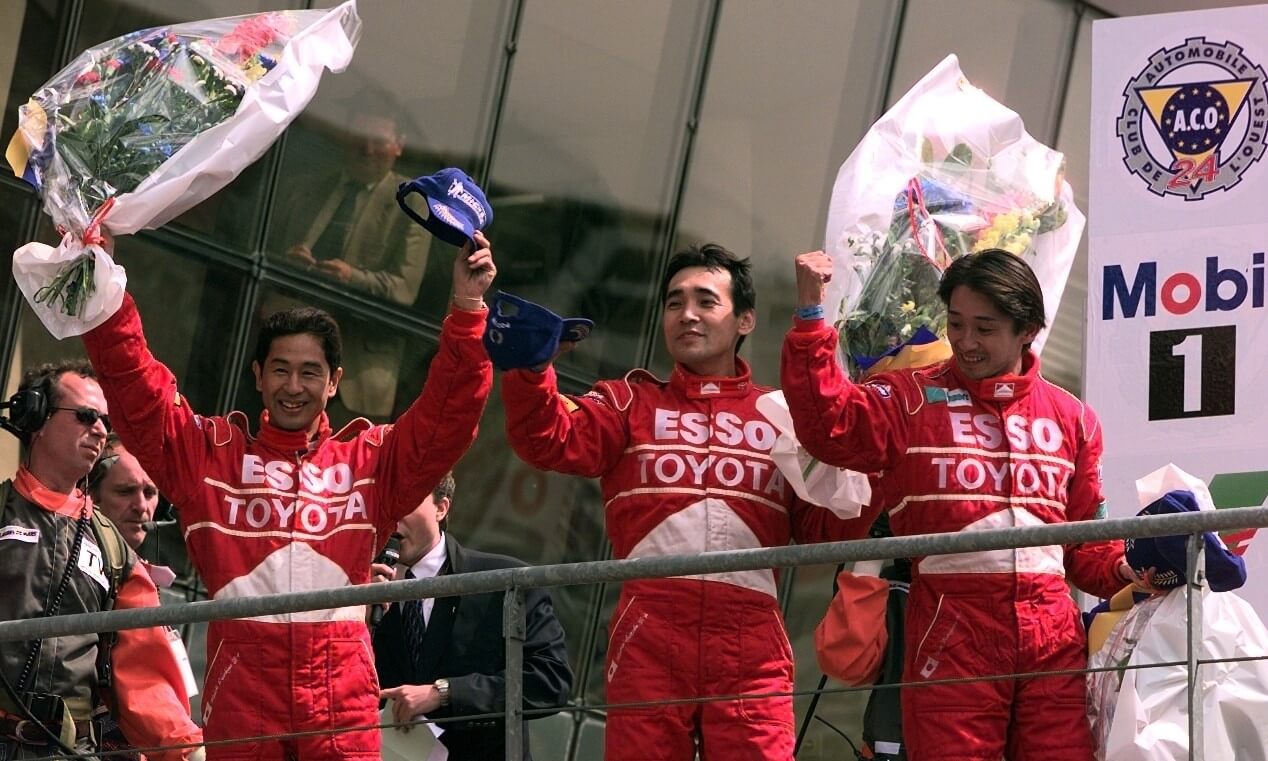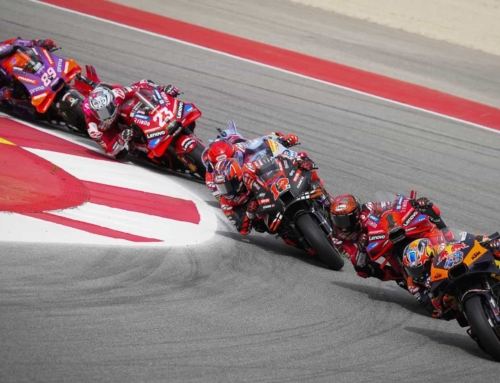The 24 Hours of Le Mans is world’s oldest and most respected endurance. This year it celebrates 100 years since inception in 2023. For manufacturers of racing cars, the title of overall Le Mans winner has long been a sought-after jewel and stands as a testament to not just a machine’s speed, but also its longevity. We take a look back through Toyota’s History at Le Mans as the Japanese automaker has tried to conquer one of the most famous of all motor races in the world.
Follow Double Apex on Instagram and Facebook where we share more car content.
European Domination
The 24 Hour of Le Mans has been dominated mostly by European brands and teams since the inaugural event in 1923. The Americans found success in the 1960s with Ford, before Le Mans went through another period of European rule in the ’70s and ’80s. Japanese brands have also had their sights set at Le Mans, with Toyota and Mazda the first to attempt to conquer the legendary event in 1985 under Group C rules.
New Challengers
Toyota’s history at Le Mans goes back to 1985. The TOM’S 85 C, developed by Toyota Racing Development and run through racing constructor outfit Dome, had earlier in 1985 taken the first endurance win for the brand at the first round of the All Japan Endurance Championship – the International Suzuka 500 km.
It was powered by a 2 090 cm³ turbopetrol four-cylinder motor and weighed in at 959 kg. Starting 29th on that year’s Le Mans grid, car No36 finished 12th overall in the hands of (eventual) F1 driver Satoru Nakajima, Masanori Sekiya (who would go on to win at Le Mans in 1995) and TOMS stalwart Kaoru Hoshino.
Small Gains
The next few years were marked by cars that had various improvements in top speed, displacement and pace over a single lap. Although they were faster, the machines were also unfortunately plagued by reliability issues and racing incidents that led to retirements.
The standout year was 1988, when the two 88Cs finished 12th and 15th overall. The number 36 again bore good luck for Toyota when the 3,2-litre twin-turbocharged V8-engined 90C-V finished a respectable sixth overall.
Podium Glory
Toyota took a brief hiatus in 1991. Incidentally, that is the year that Mazda triumphed at Le Mans with the 787B. Toyota returned in 1992 with the brand-new TS010, now weighing in at a scant 801 kg, was powered by a 3,5-litre normally aspirated V10 that complied with the new regulations of the World Sportscar Championship.
The car was driven by Sekiya, Frenchman Pierre-Henri Raphanel and Irish former F1 driver Kenny Acheson. The trio took the TS010 to Toyota’s first podium finish with a second overall. They were sandwiched between the Peugeot 905s that took the overall win and the third step of the podium.
More below the gallery…
So Close To Victory
Loopholes in the LMGT1 regulations meant a return to the fore of still-competitive Group C chassis vehicles. The turbopetrol V8-powered No1 94C-V was in contention for the win in 1994. However, with just under two hours to go, it suffered transmission troubles with American Jeff Krosnoff behind the wheel.
After losing precious time in the pits, teammate Eddie Irvine managed to run down the second of the leading pair of Dauer-Porsche 962s. The F1 ace caught passed it with just two laps to go to claim Toyota’s second runner-up overall finish.
Click here to check out a gallery of iconic 24 Hours of Le Mans winners.
Taking a Step Back
Toyota decided to support Team Sard for subsequent campaigns in 1995 and 1996. The team campaigned a Japanese GT Championship Supra that was modified to meet LMGT1 class regulations at Le Mans. The outfit managed a 14th position overall in 1995, but an accident unfortunately retired the Supra from the 1996 Le Mans on lap 205.
Interestingly, the legendary 3,0-litre 2JZ-GTE engine wasn’t the powerplant of choice in the Supra. The car featured the lighter 3S-GTE engine from the Celica, which was mounted behind the front axle line.
Full Works Effort
In 1998, the TS020, known colloquially as the GT-One was developed by Toyota Team Europe. It bravely made its debut at the 24 Hours of Le Mans. It was powered by a 3,6-litre twin-turbocharged V8. The car qualified second at Le Mans that year. However the No28 car suffered a bitter retirement in the race’s final hour while running second overall.
Car No27 managed ninth overall. The following year the three works GT-Ones ran a clean sweep during qualifying. However accidents removed the No1 and 2 cars from the race. Toyota was once again relegated to a second-place finish behind eventual winners BMW. The No3 car did set the fastest lap of the race with a 3 min 35,03 sec.




















![Pepper Loses By 0,042 Sec At Nurburgring [video]](https://doubleapex.co.za/wp-content/uploads/2024/04/Pepper-Loses-By-0042-Sec-1-500x383.jpg)

Leave A Comment